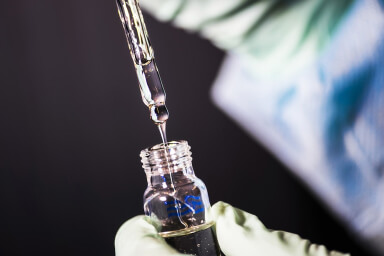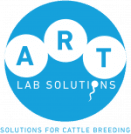While scanning the cattle IVF literature, you will likely see the references that a medium, especially culture medium, is “serum-free”. As we have already discussed in previous blogs, addition of serum is a ‘two-edged sword’. On the one-hand it can promote development, particularly if embryo growth is slightly retarded and morula formation is hindered. But on the other-hand, serum addition at levels of 5% or more will increase triglyceride content that negatively impacts cryo-survival, especially with ‘slow-freezing’ protocols. Furthermore, serum addition is a causal factor for ‘Large Offspring Syndrome’.


The solution seems obvious – remove the serum and replace with a purified version of bovine serum albumin. And for further development promotion, perhaps supplement with one or even a cocktail of growth promoting substances. There is nothing ‘wrong’ with this approach. But do we need a protein source at all? The answer is “yes” but it appears to be stage-dependent. There is clear evidence from literature that polyvinyl alcohol (PVA, or similarly, PVP) supplementation instead of serum can support development to the 16-cell stage, but further development requires a protein source. Many years ago, one of Australia’s leading embryo researchers, Peter Kaye (now retired), demonstrated that albumin is essential for, and literally, being ‘gobbled’ up by post-compaction mouse embryos via pinocytotic vesicles, possibly as an additional source of amino acids. I conducted some follow-up work, and showed similarly the uptake of albumin and labelled caseins into the trophectoderm of cattle embryos.
However, be wary of the quality and source of serum albumin. There are different ways in which albumin can be extracted, the simplest being a crude ethanol-precipitation of serum, known as Cohn’s Fraction V. It is not much better than straight serum. Serum substitutes are a mix of albumin, and other factors, most common is the use of “ITS” (Insulin, Transferrin and Selenium). A problem is that you may not know the origin of the albumin. There are also many growth promoting cocktails now on the market, particularly developed for stem cell production and differentiation. We advocate chromatography-purified albumin, sourced from a disease-free country like New Zealand. Also, look to see what the fatty acid content is. Again, low- or fatty acid-free is preferable, especially if attempting slow-freezing of cattle IVF embryos.
To have your questions answered contact the team at admin@artlabsolutions.com. We look forward to hearing from you.
